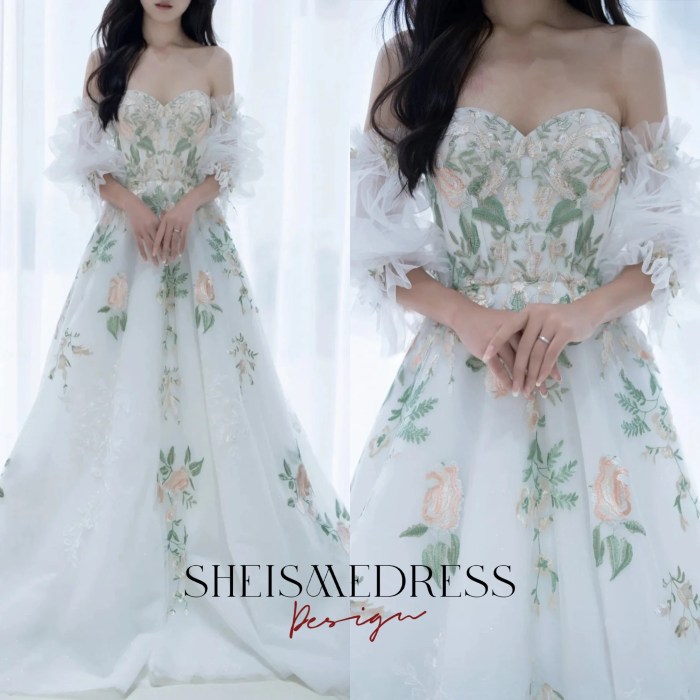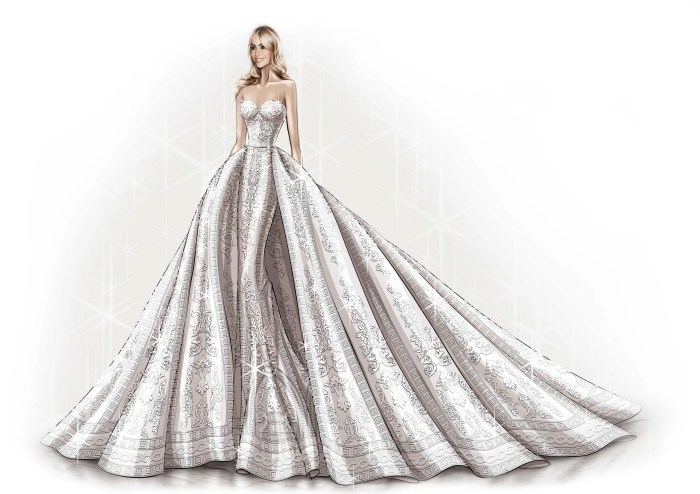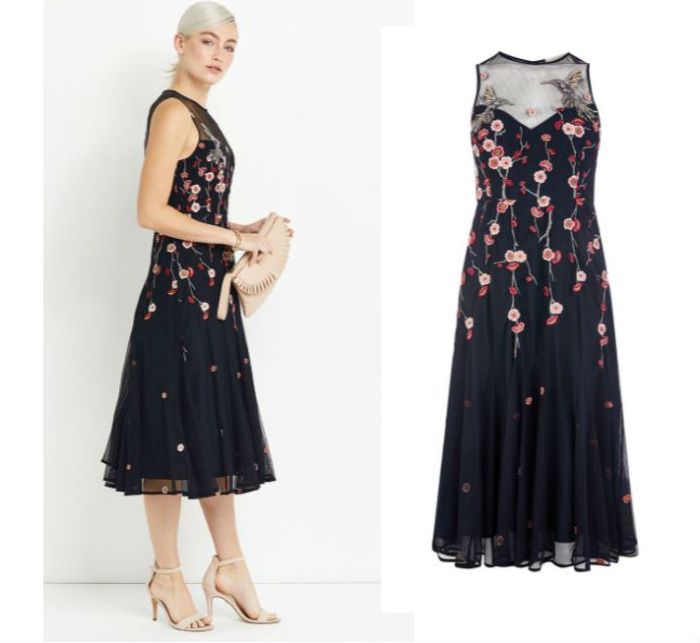Understanding Wedding Dress Codes
How to dress for a wedding – Navigating wedding dress codes can seem daunting, but understanding the nuances ensures you arrive appropriately attired. Different codes signify varying levels of formality, influencing attire choices. This section will clarify common dress codes and provide guidance on interpreting them based on several key factors.
Different Wedding Dress Codes and Appropriate Attire
Wedding dress codes range from formal black-tie events to relaxed casual gatherings. Choosing the right outfit depends heavily on the specified dress code.
| Dress Code | Description | Women’s Attire | Men’s Attire |
|---|---|---|---|
| Black-Tie | The most formal; expect elegance and sophistication. | Floor-length gown, elegant jewelry | Tuxedo, bow tie, polished shoes |
| Black-Tie Optional | Slightly less formal than black-tie; tuxedos are encouraged but not mandatory. | Floor-length gown or a sophisticated cocktail dress | Tuxedo or a dark suit, tie |
| Cocktail | Semi-formal; allows for more versatility in attire. | Cocktail dress, dressy jumpsuit, or skirt and top | Suit, tie (optional depending on the specific event) |
| Casual | Relaxed and informal; comfortable yet presentable attire is appropriate. | Sundress, skirt and blouse, nice pants and top | Dress pants, button-down shirt, or a nice polo shirt |
Factors Influencing Dress Code Interpretation
Interpreting a dress code involves considering the venue, time of day, and season. A beach wedding will naturally call for different attire than a formal ballroom event.
- Venue: A rustic barn wedding will differ from a formal church ceremony.
- Time of Day: Evening weddings tend to be more formal than daytime affairs.
- Season: Winter weddings might necessitate warmer fabrics and layers compared to summer weddings.
Choosing the Right Outfit: How To Dress For A Wedding
Selecting a flattering and appropriate outfit requires careful consideration of several factors. This section offers guidance on choosing an outfit that complements your body type, aligns with the wedding’s theme and location, and ensures comfort throughout the celebration.
Outfit Selection Based on Body Type
Choosing an outfit that flatters your body type is key to feeling confident and comfortable. Different styles suit different figures, enhancing your natural assets.
- Hourglass: Fitted dresses, belted tops, and A-line skirts.
- Pear: A-line dresses, empire waist dresses, and flowy skirts.
- Apple: V-neck dresses, empire waist dresses, and dresses with a defined waistline.
- Rectangle: Belted dresses, dresses with ruffles or details at the waist, and peplum tops.
- Inverted Triangle: A-line skirts, boat neck tops, and dresses with wider hemlines.
Considering Wedding Theme and Location
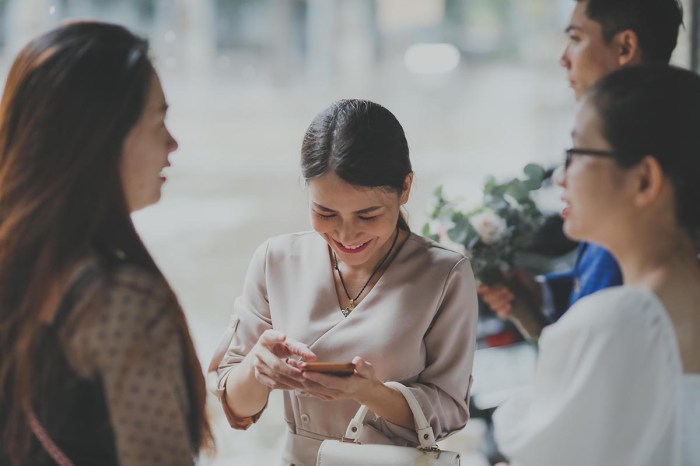
Source: internetvibes.net
The wedding’s theme and location should heavily influence your outfit choice. A beach wedding calls for lighter fabrics and less formal attire than a formal ballroom wedding.
Comfort and Style: A Balancing Act
Comfort is crucial; you’ll be on your feet, dancing, and socializing. Opt for comfortable yet stylish clothing that allows you to move freely and enjoy the day.
Accessories and Details
Accessories play a vital role in completing your wedding guest look. The right accessories can elevate an outfit, adding a touch of elegance or personality, while the wrong ones can detract from the overall look. This section provides guidance on choosing and coordinating accessories for a cohesive and stylish appearance.
Appropriate Accessories for Different Dress Codes
Accessory choices should align with the wedding’s dress code. Formal events require more refined accessories than casual ones.
- Formal (Black-Tie): Elegant jewelry (avoid anything too flashy), a classic clutch, and sophisticated heels.
- Semi-Formal (Cocktail): Statement jewelry, a small to medium-sized handbag, and stylish heels or dressy flats.
- Casual: Simple jewelry, a crossbody bag, and comfortable yet stylish shoes.
Coordinating Accessories for a Cohesive Look
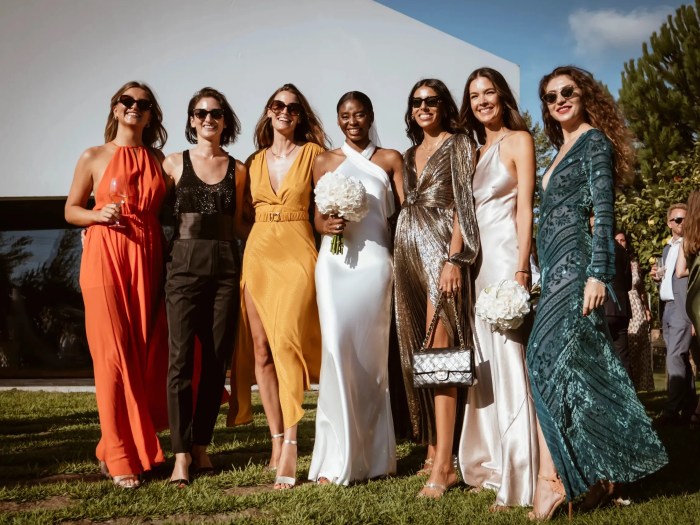
Source: vogue.com
Harmonizing accessories with your outfit creates a polished and put-together appearance. Consider color palettes, textures, and styles to achieve a cohesive look.
Wedding Guest Accessory Dos and Don’ts
- Do: Choose accessories that complement your outfit, not overpower it.
- Do: Consider the overall aesthetic of the wedding when selecting accessories.
- Don’t: Wear anything too flashy or distracting.
- Don’t: Over-accessorize; less is often more.
Men’s Wedding Attire
Men’s wedding attire varies depending on the formality of the event. This section provides guidance on selecting appropriate suits, ties, and shoes, and emphasizes the importance of proper grooming.
Suit Styles and Colors for Various Settings
Suit choices range from classic tuxedos to more relaxed suits. Darker colors (navy, charcoal, black) are generally preferred for formal events.
- Formal (Black-Tie): Tuxedo with a bow tie.
- Semi-Formal (Cocktail): Dark-colored suit with a tie.
- Casual: Dress pants and a button-down shirt or a nice polo shirt.
Selecting the Right Tie and Shoes
The tie and shoes should complement the suit and the overall level of formality. Avoid clashing colors or styles.
Importance of Proper Grooming
Proper grooming is essential for a well-presented appearance. This includes a clean shave or neatly trimmed beard, well-groomed hair, and polished shoes.
Visual Description of a Well-Dressed Man at a Formal Wedding
Imagine a man in a perfectly tailored navy tuxedo, the fabric rich and subtly textured. The fit is impeccable, neither too tight nor too loose. A crisp white shirt peeks from beneath the jacket, and a classic black bow tie adds a touch of formality. His shoes are polished to a mirror shine, and a simple yet elegant watch completes the look.
Women’s Wedding Attire
Women have a wider array of options for wedding attire, ranging from elegant gowns to stylish jumpsuits. This section provides guidance on selecting appropriate dress styles, hemlines, necklines, and fabrics for different venues and dress codes.
Dress Styles Suitable for Weddings
Various dress styles suit different body types and wedding settings. Consider the dress code and venue when making your selection.
| Dress Code | Dress Style | Hemline | Neckline |
|---|---|---|---|
| Black-Tie | Floor-length gown | Floor-length | Various (V-neck, sweetheart, halter) |
| Cocktail | Cocktail dress, midi dress, jumpsuit | Knee-length to midi | Various (V-neck, round neck, scoop neck) |
| Casual | Sundress, midi dress, skirt and top | Knee-length or above | Various (round neck, V-neck, off-shoulder) |
Role of Fabrics and Colors in Creating a Sophisticated Look
Fabric and color choices significantly impact the overall look. Rich fabrics like silk or velvet lend a more formal feel, while lighter fabrics are suitable for casual settings.
What NOT to Wear to a Wedding
Certain clothing items are generally considered inappropriate for weddings. This section identifies these items and explains the reasons behind these guidelines, emphasizing the importance of respecting the couple’s wishes and maintaining appropriate wedding etiquette.
Inappropriate Clothing Items for Weddings
Avoid wearing anything that might overshadow the bride or be considered disrespectful to the wedding atmosphere.
- White: Traditionally reserved for the bride.
- Overly Casual Attire: Jeans, t-shirts, athletic wear, etc.
- Distracting or Revealing Clothing: Anything too short, low-cut, or revealing.
Respecting the Couple’s Wishes and Wedding Atmosphere
Your attire should complement the wedding’s overall tone and show respect for the couple’s choices and the event’s formality.
Examples of Outfits to Avoid
- A white dress, even if it’s a simple sundress; it risks overshadowing the bride.
- Ripped jeans and a t-shirt; too casual for almost any wedding.
- A very short and revealing dress; inappropriate for most wedding settings.
Weather Considerations
Weather plays a significant role in choosing appropriate attire. This section provides guidance on layering techniques and choosing weather-appropriate fabrics and materials to ensure comfort throughout the wedding.
Appropriate Attire for Different Weather Conditions
Adjust your outfit based on the forecast to maintain comfort and style.
- Hot Weather: Lightweight fabrics like linen or cotton, breathable materials, and light-colored clothing.
- Cold Weather: Layering techniques, warm fabrics like wool or cashmere, and appropriate footwear.
- Unpredictable Weather: Layering is key; bring a light jacket or shawl for cooler evenings.
Layering Techniques for Unpredictable Weather
Layering allows for adaptability to changing temperatures. Start with a base layer, add a mid-layer for warmth, and top it with a light jacket or shawl.
Choosing Weather-Appropriate Fabrics and Materials
Fabric selection is crucial. Choose breathable fabrics for warm weather and warm, insulating fabrics for cold weather.
Outfit Suggestions for Various Weather Scenarios, How to dress for a wedding
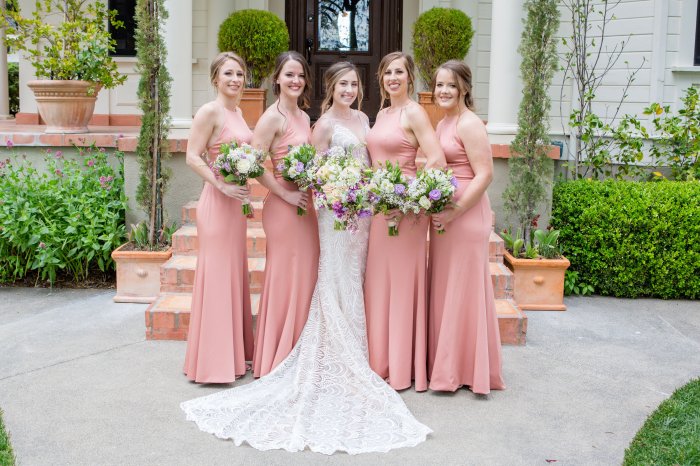
Source: squarespace-cdn.com
- Hot Summer Day: A sundress, sandals, and a light shawl.
- Cool Spring Day: A midi dress, a cardigan, and ankle boots.
- Cold Winter Day: A warm coat, a dress or skirt and top, and warm boots.
FAQ Guide
What if the invitation doesn’t specify a dress code?
If the invitation lacks a dress code, it’s best to err on the side of semi-formal. A cocktail dress or a suit is generally a safe bet.
Can I wear white to a wedding?
It’s generally advised to avoid wearing white to a wedding, as it can be seen as competing with the bride.
What should I do if I receive a last-minute invitation?
If you receive a last-minute invitation, it’s acceptable to wear something you already own that fits the occasion’s dress code. Don’t feel pressured to buy a new outfit.
Choosing the right outfit for a wedding can be tricky, but understanding the nuances makes it easier. To help navigate this, it’s beneficial to familiarize yourself with the specific dress code for weddings , as this will guide your selection significantly. Ultimately, selecting an appropriate and stylish ensemble ensures you’re well-dressed and respectful of the occasion.
Is it okay to wear jeans to a wedding?
Jeans are generally inappropriate for most weddings unless the invitation explicitly states a casual dress code.
What kind of shoes are appropriate for a wedding?
The appropriate footwear depends on the dress code and venue. Closed-toe shoes are generally preferred for formal weddings, while more casual options are acceptable for less formal events. Comfort is also important, as you may be standing or dancing for extended periods.

